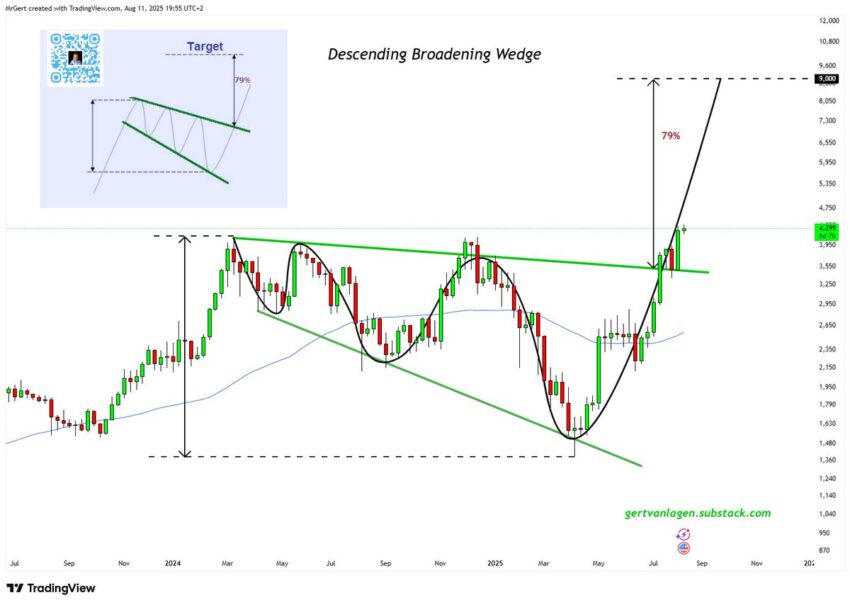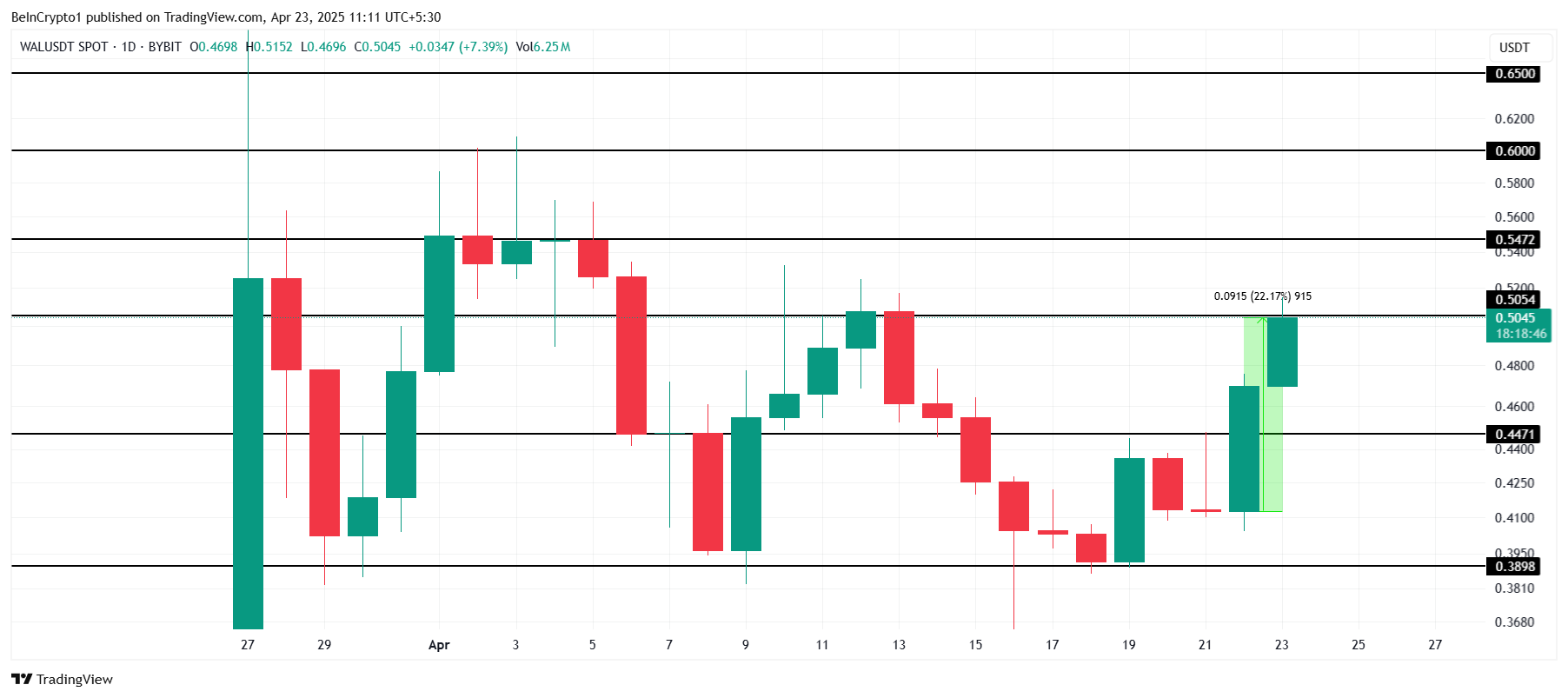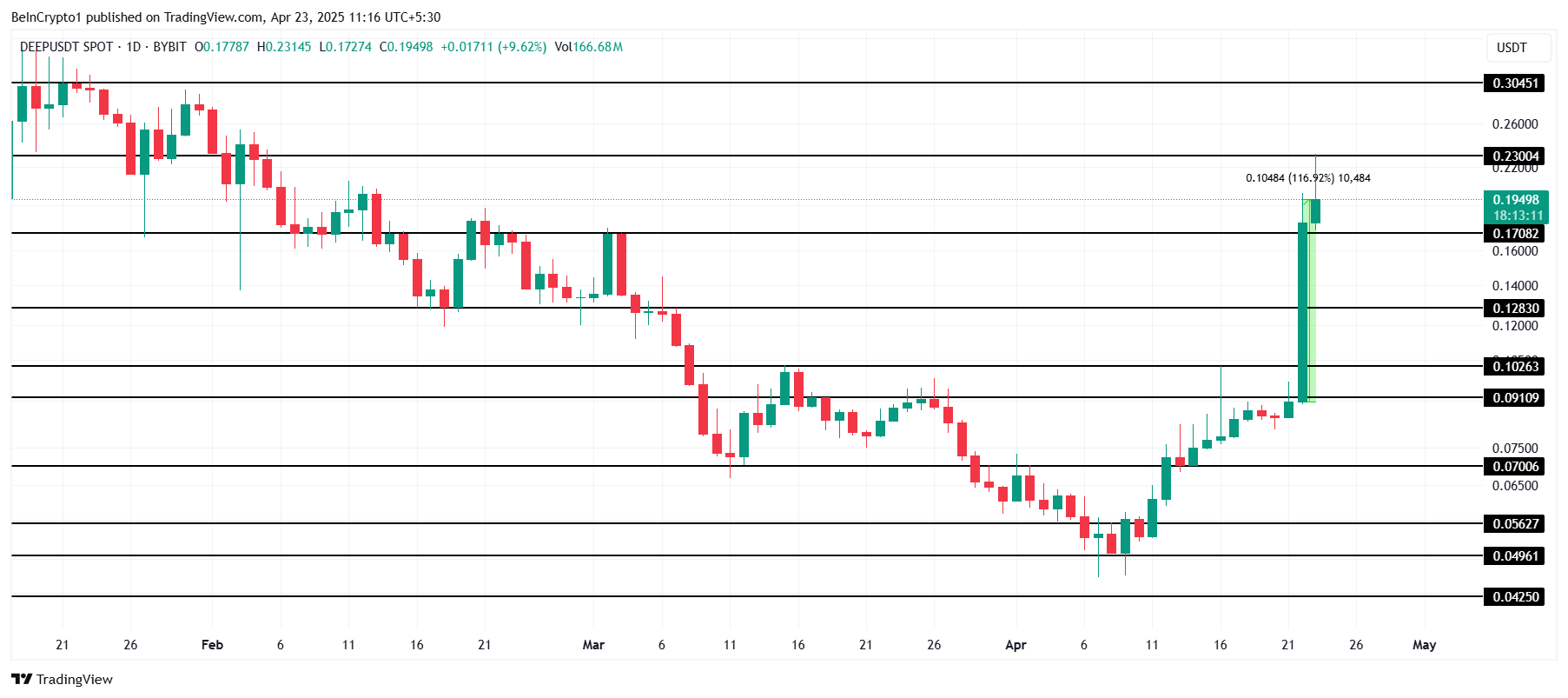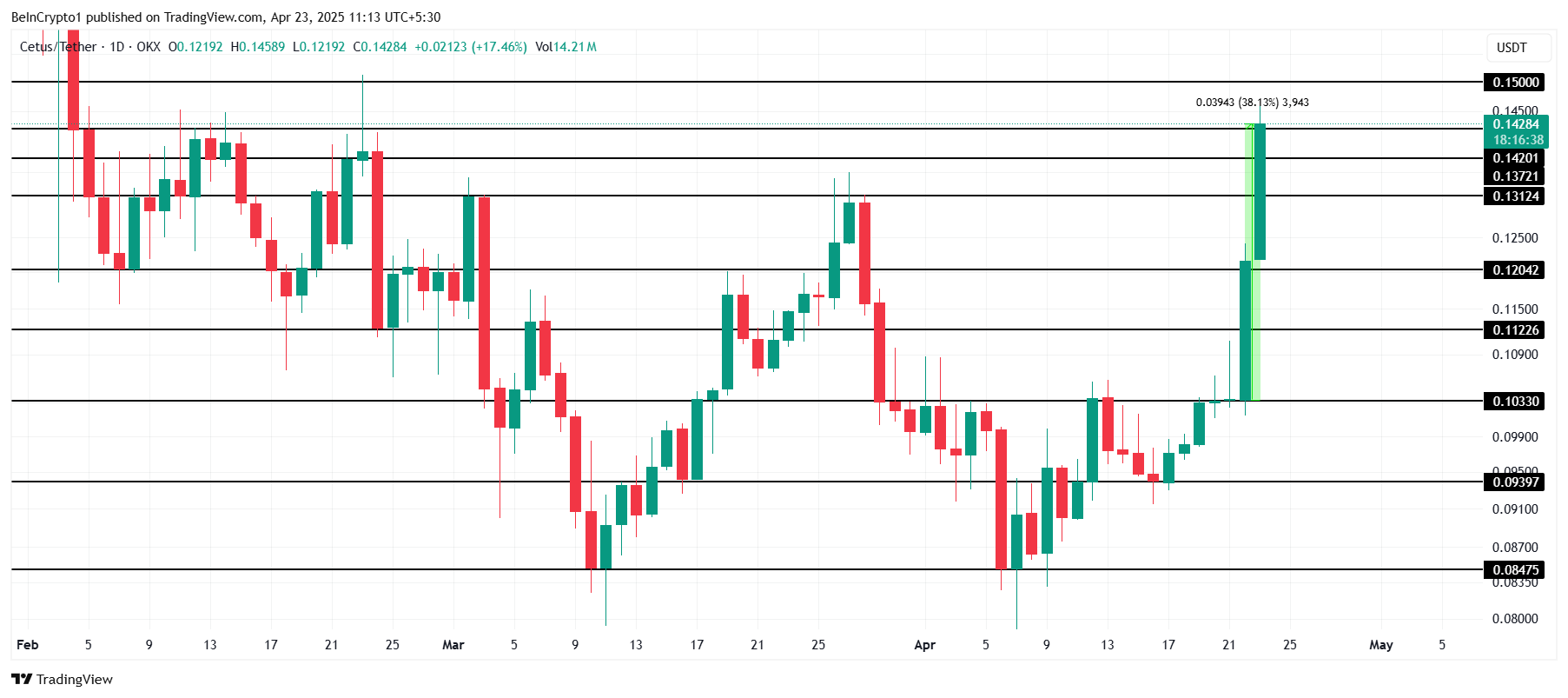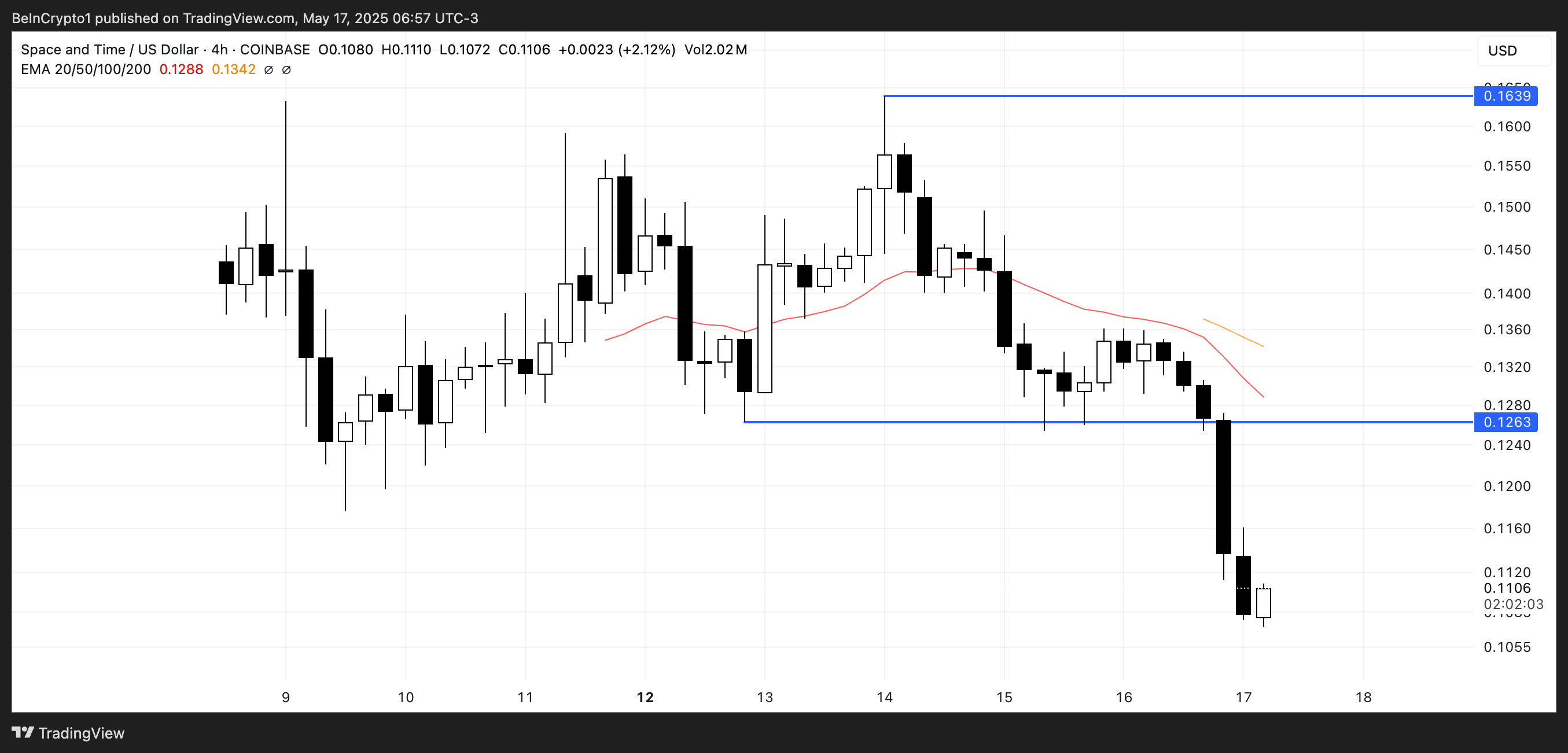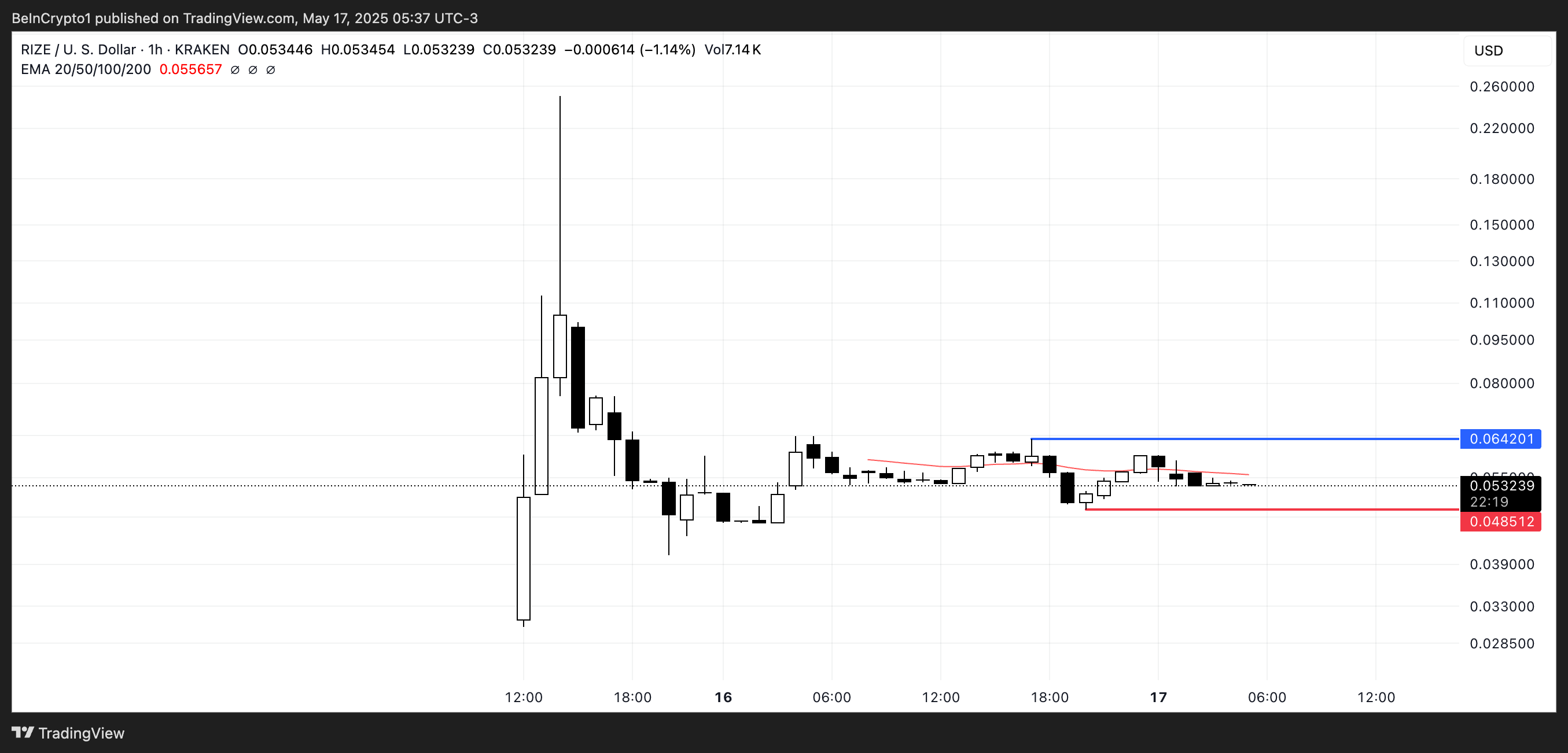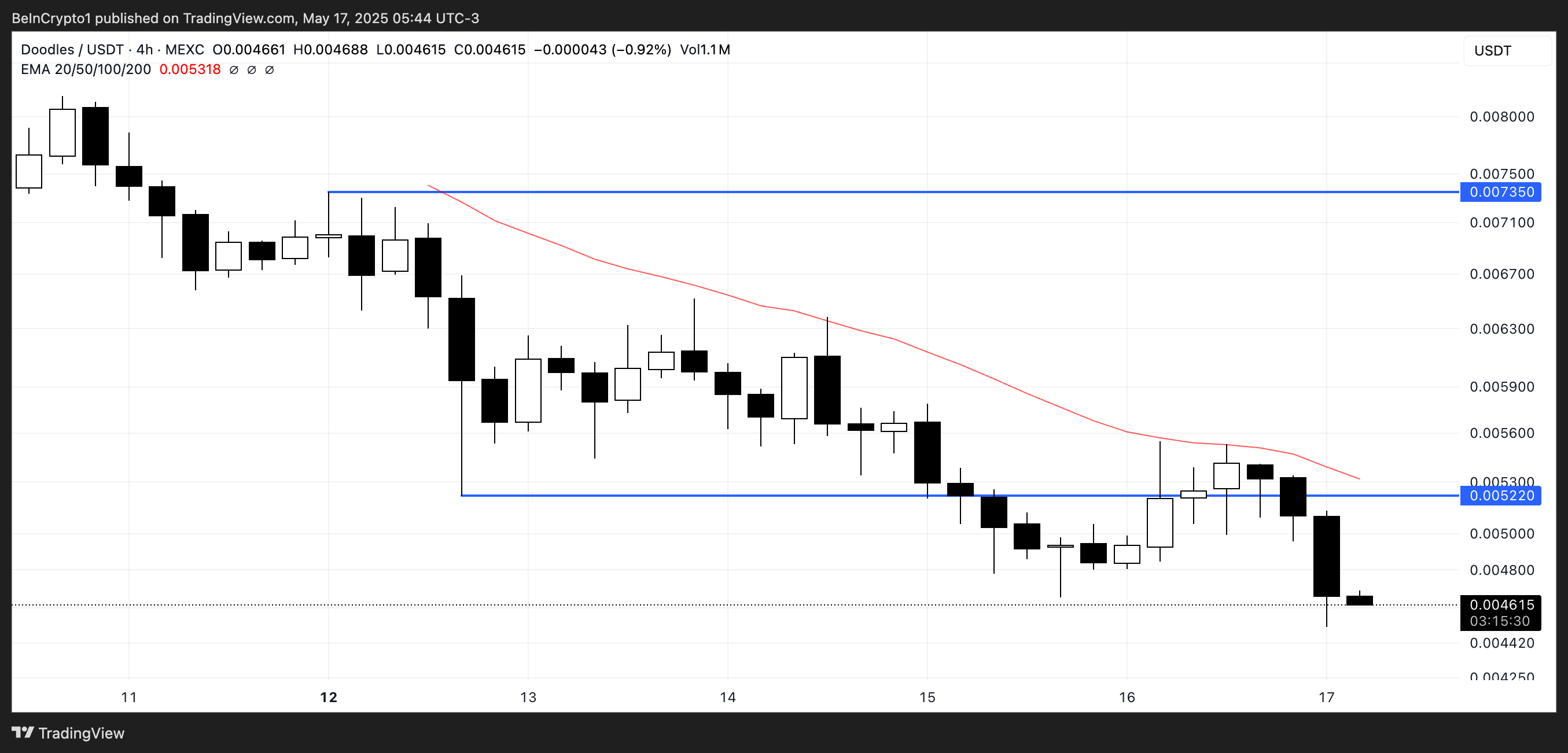Strategy recently posted its Q1 2025 earnings report, showing over $4.2 billion in net losses despite gains on its Bitcoin holdings. Shortly afterward, the firm declared its intention to sell $84 billion in new offerings.
Shareholders’ responses are mixed, with some fearful of failing fundamentals and their own stocks being diluted. Still, this audacious plan has its supporters, with Bitcoin’s price on the rise.
Strategy’s Biggest Bitcoin Buy
Strategy (formerly MicroStrategy) hasn’t shown much interest in changing its plan for systematic Bitcoin acquisition. Its latest earnings report takes great care to show its returns on this investment: It holds 553,555 BTC, at an average cost of $68,459 each, and has gained $5.8 billion from Bitcoin.
Despite this, however, the company lost over $4.2 billion overall. The firm’s net losses are primarily due to a $5.9 billion unrealized loss on digital assets, reflecting the volatile nature of cryptocurrency investments.
Strategy’s unrealized losses have drawn concern from the community and speculation that the company might have to sell its Bitcoin. In early April, these losses possibly contributed to a pause in its BTC purchases.
Initially, the report claimed that Strategy was offering $21 billion in new stock sales to buy more Bitcoin. Soon after, however, Michael Saylor claimed that his firm was setting a much more audacious goal:
“Strategy… doubles capital plan to $42 billion equity and $42 billion fixed income to purchase bitcoin, and increases BTC Yield target from 15% to 25% and BTC $ Gain target from $10 billion to $15 billion for 2025,” Saylor said.
The community has been conflicted about this announcement. Two months ago, Strategy’s entire Bitcoin holdings amounted to $42 billion, and its largest stock offering in 2025 was $2 billion.
Compared to these figures, $84 billion in new offerings looks completely infeasible for several reasons. The main concern isn’t even finding enough buyers.
In other words, Strategy’s Q1 earnings report clearly shows that the firm has this reserve of preferred stock it could use to buy Bitcoin.
However, the company can’t execute these sales because of its steep losses and lack of cash flow. Offering these new shares instead would allow Saylor to gain fresh liquidity, but this would dilute existing shareholders’ holdings.
Still, some shareholders remain bullish about Strategy’s intention to buy more Bitcoin. Ultimately, the company remains a key pillar for the market’s confidence in BTC. If its investors start heading for the door, it could have adverse implications on the token’s price.
The post MicroStrategy Reports $4.2 Billion Net Loss in Q1 Despite a 13% Bitcoin Yield appeared first on BeInCrypto.



